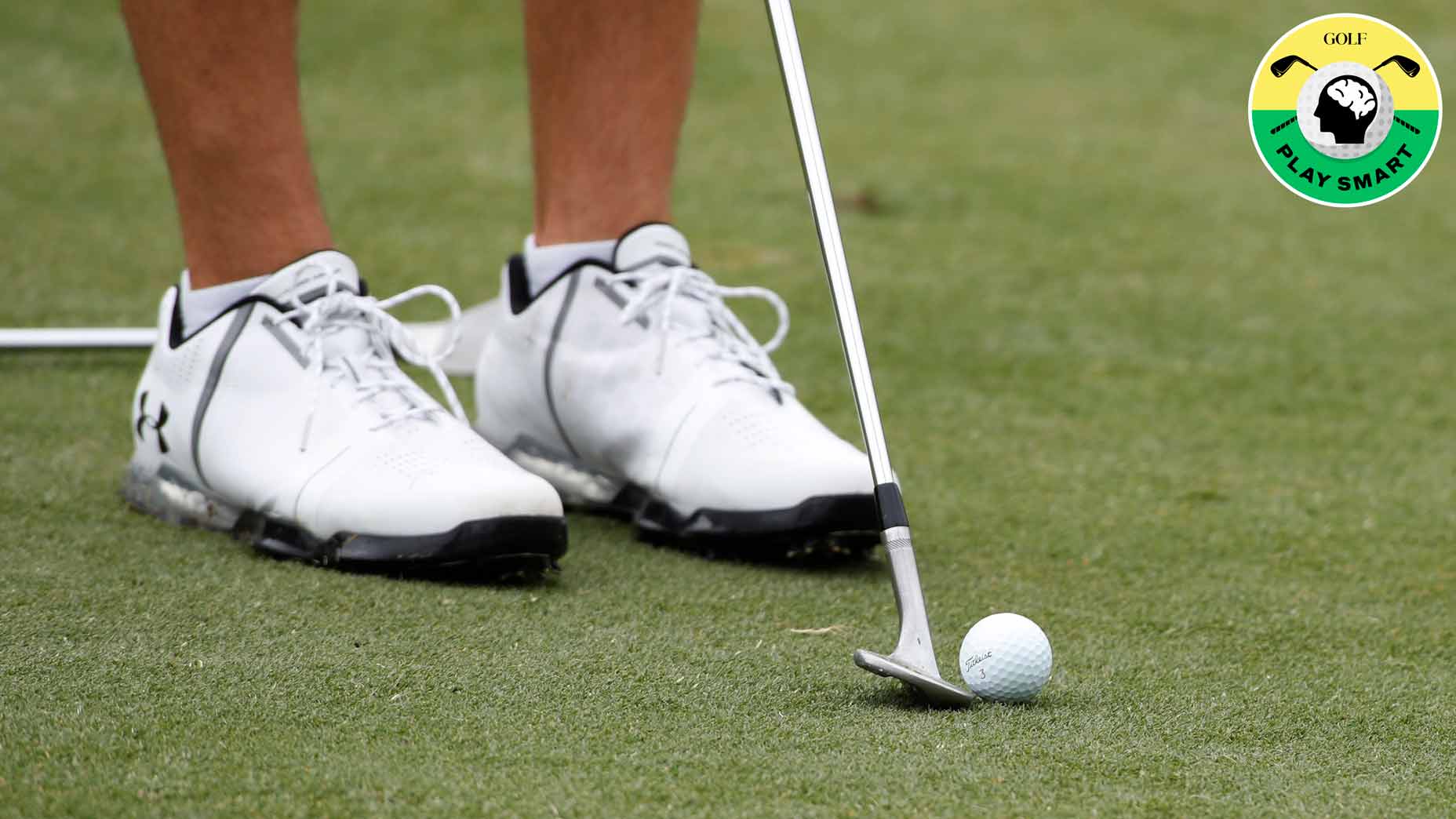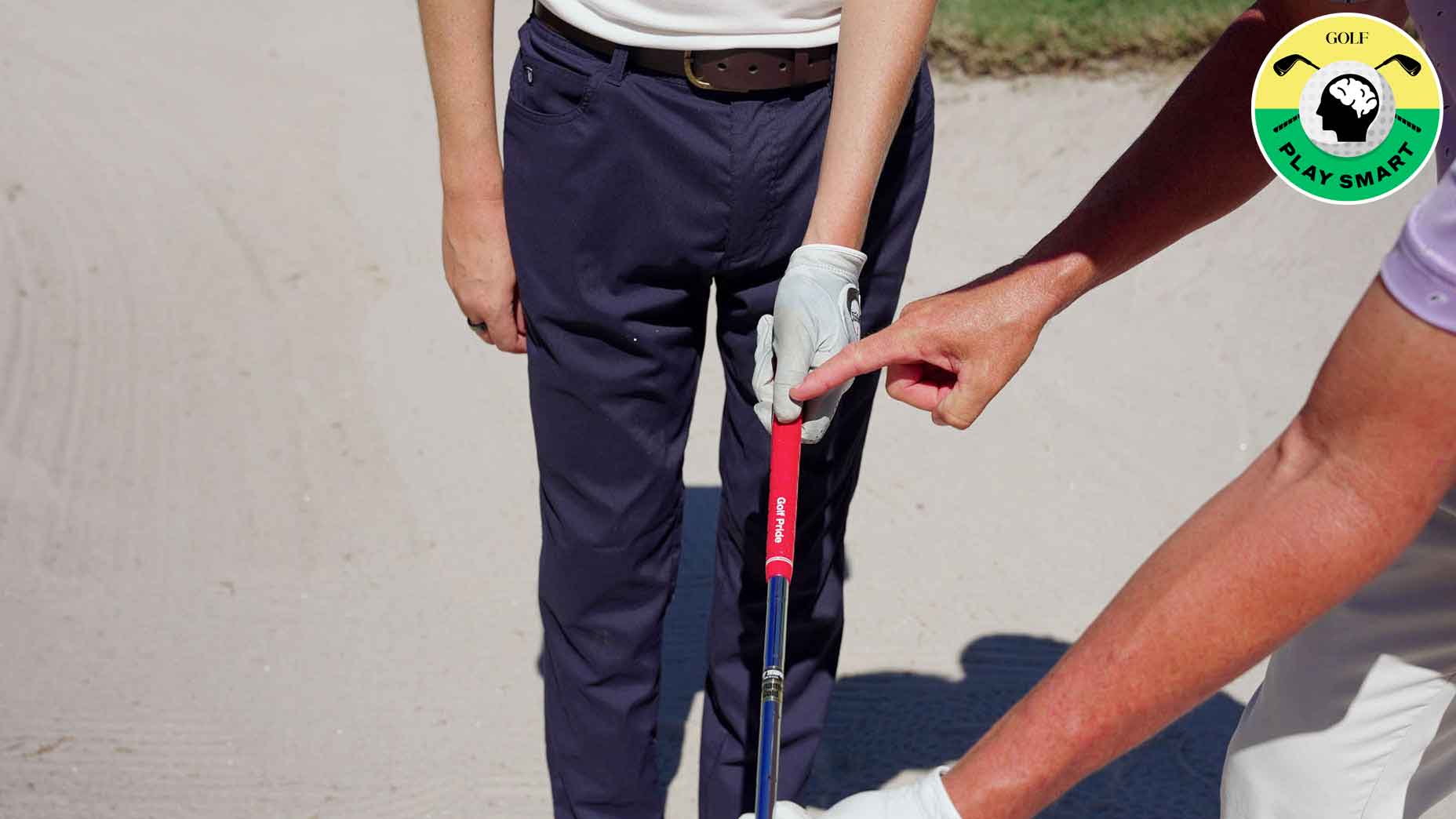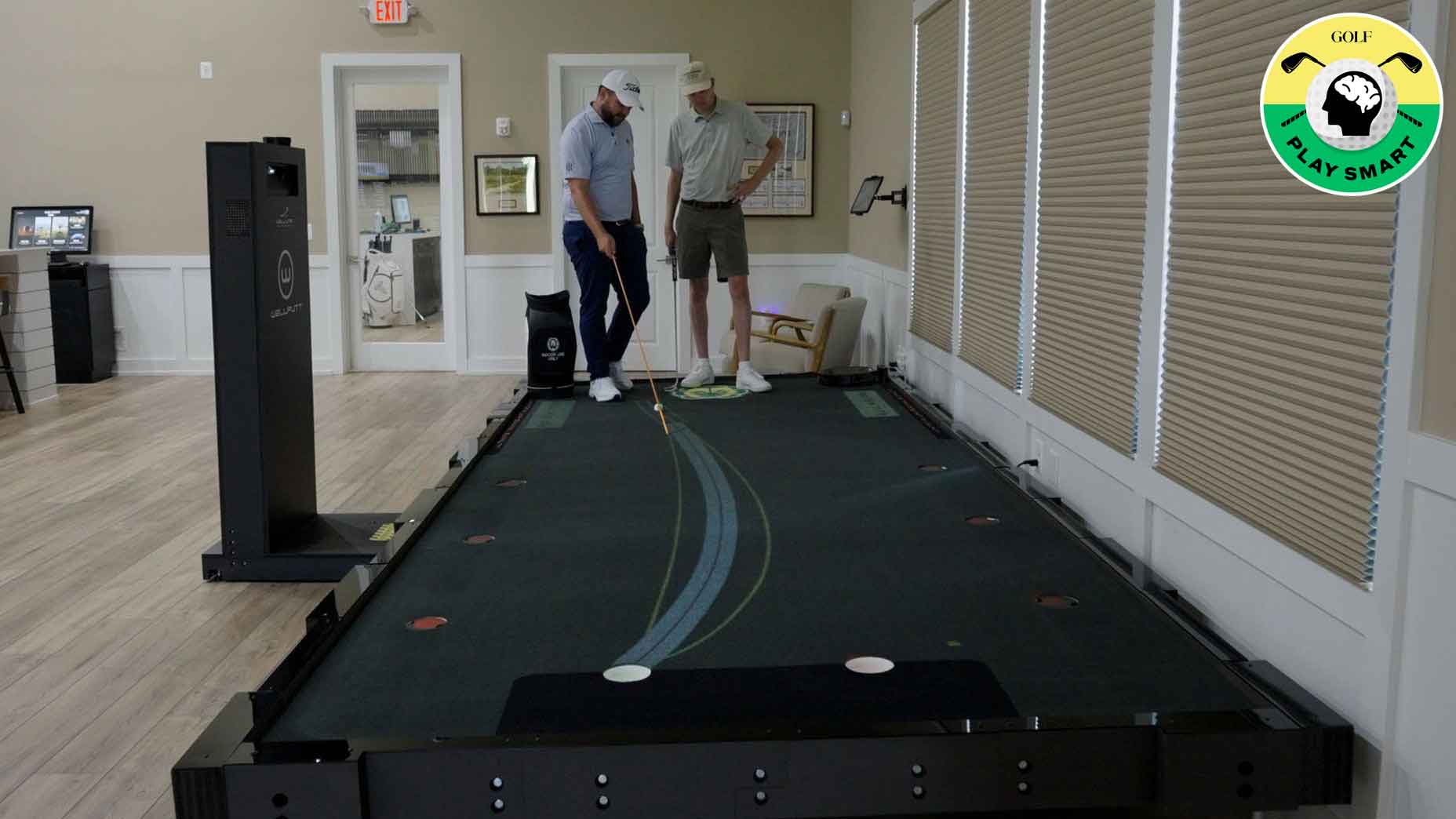Welcome to Play Smart, a regular GOLF.com game-improvement column that will help you play smarter, better golf.
The fundamentals might be mundane, but when you nail them, it can make golf a whole lot easier. There are countless things that can go wrong in the golf swing, so it’s vital to take care of the variables that are easy to control.
Aim and alignment are two vital parts of the swing that are so simple they’re easy to ignore. But when they get off just a touch, it can have a huge impact on your swing.
Alignment seems like it would be an easy thing to fix when it goes awry. You just need to aim yourself better, right? Yes and no. Making slight adjustments is the way to nail this fundamental, but there’s a little-known element to alignment that very few golfers even know about.
Assessing eye dominance can provide some insight into why a player may be struggling with alignment in full swing or putting.
— TPI (@MyTPI) November 14, 2023
If a right-handed player is also right-eye dominant (very common), their nose is obstructing their view of the target at address. pic.twitter.com/VK32HDKK4y
How eye dominance affects alignment
Everyone has a dominant hand, but did you know we all have a dominant eye, too? Not only that, but the eye has a huge impact on your ability to align yourself when standing over the ball.
When setting up to the ball, most players will try to look at the target with their dominant eye. But when your dominant eye is on the same side as your dominant hand, it can cause some alignment issues.
In the video above, the coach from the Titleist Performance Institute explains that when you are right-handed and also right-eyed, you will often turn your body toward the target when looking at the target to aim. This is because your nose is between your dominant eye and the target, so you need to turn your head to see past it.
“They have to turn their body to look at the lines,” the coach says. “And that aligns it weird and we see all kinds of alignment issues.”
This phenomenon gives a huge advantage to players who are cross dominant, meaning their dominant eye is opposite their dominant hand. When this is the case, they do not have to turn their body to look at the target and thus have an easier time aligning themselves at address.
“The way you can look at the target through your peripheral vision can help,” he says.
If you’re a player that struggles with alignment, it might be worth checking to see which eye is your dominant one. If you are dominant on the same side, there’s a good chance that it’s impacting your alignment ability.










